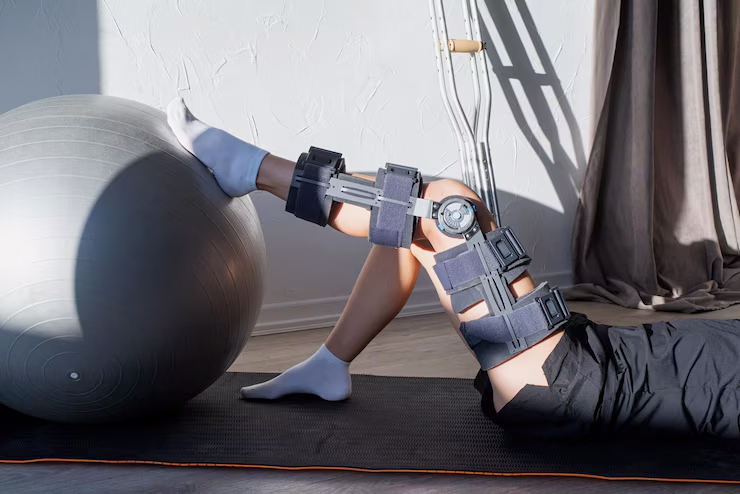Dutaillis, B., Collings, T., Bellinger, P., Timmins, R.G., Kennedy, B. and Bourne, M.N. (2025),
Scand J Med Sci Sports, 35: e70079.
The purpose of this study was to explore between-limb differences in gluteal, quadriceps, hamstring, and triceps surae muscle size and activity during a repeated vertical jump-landing task in individuals with a history of unilateral anterior cruciate ligament reconstruction (ACLR).
Twelve recreationally active participants with a unilateral history of ACLR involving a semitendinosus autograft (1–2.5 years post-surgery) underwent functional magnetic resonance imaging (fMRI) before and immediately after 60 vertical jumps.
Exercise-induced increases in transverse (T2) relaxation times and resting muscle volumes were measured in 12 lower limb muscles.
Linear mixed models were used to explore differences between the ACLR and uninjured contralateral limb, as well as their relationship with vertical jump performance.
Reconstructed limbs displayed smaller muscle volumes in vastus medialis (p = 0.028), rectus femoris (p = 0.019), semitendinosus (p < 0.001), and gastrocnemius lateral head (p = 0.028) than homonymous muscles in the uninjured contralateral limb. Limbs with a history of ACLR also exhibited smaller percentage changes in T2 relaxation time for semitendinosus (p < 0.001), semimembranosus (p = 0.002), lateral gastrocnemius (p = 0.014), and soleus (p = 0.008), while the vastus lateralis displayed a greater increase (p = 0.001) than uninjured contralateral limbs.
Between-limb asymmetry in quadriceps muscle volume and activity was associated with between-limb asymmetry in vertical jump-landing impulse (r2 = 0.30–0.34). The findings from this study may help to inform the design of exercise interventions aimed at restoring lower limb function and reducing reinjury risk in individuals with a history of ACLR.

